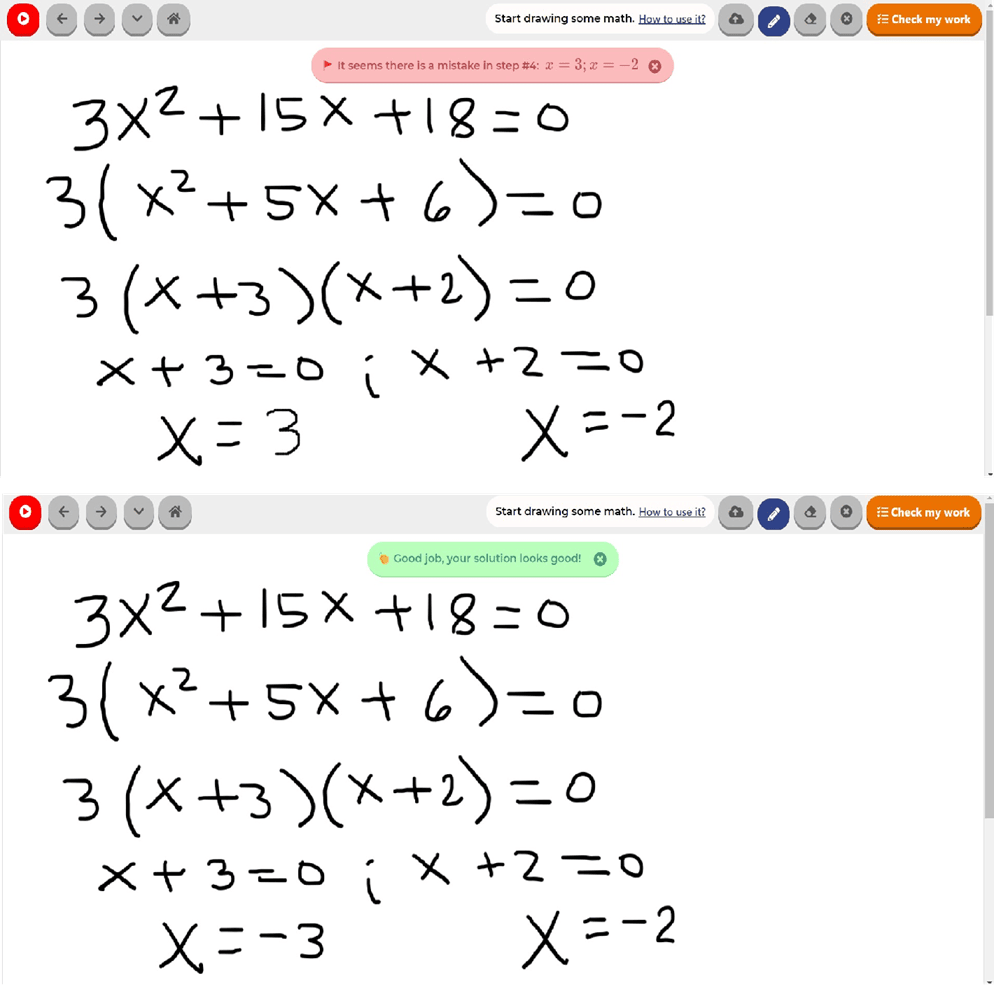The sum rule is a method to find the derivative of a function that is the sum of two or more functions.
Get a glimpse of step-by-step solutions.
Earn solution credits, which you can redeem for complete step-by-step solutions.
Save your favorite problems.
Get your personalized learning profile.
Earn 20% discount on online tutoring when you are a premium member.
